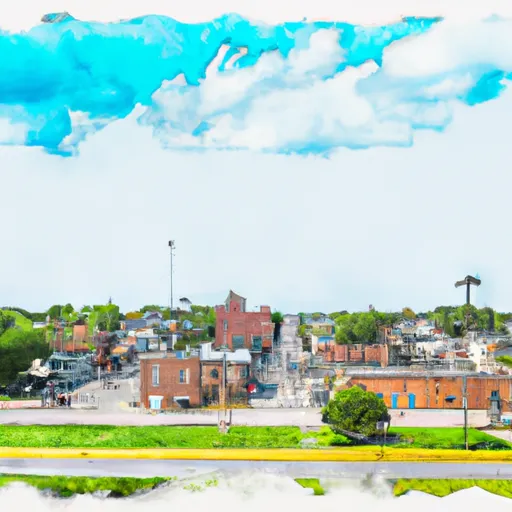°F
°F
mph
Windspeed
%
Humidity











Lester, Iowa is a small town located in the northwestern part of the state. The climate in Lester is considered continental, characterized by hot summers and cold winters, with moderate precipitation throughout the year. Summers are typically warm, with average temperatures ranging from the mid-70s to low 80s Fahrenheit, while winters can be cold and snowy, with temperatures dropping below freezing.
Hydrology constituents in Lester are mainly influenced by the Rock River, which flows nearby. The river provides opportunities for fishing, boating, and other water activities. Other nearby bodies of water, such as Lake O'Brien and Lake Pahoja, also offer recreational opportunities, including swimming, kayaking, and hiking.
Lester is surrounded by picturesque countryside, making it a great spot for outdoor recreation. The area boasts numerous parks and nature reserves, providing opportunities for hiking, biking, and wildlife observation. The gently rolling hills and scenic landscapes make it an ideal destination for nature enthusiasts and photographers. In addition, Lester is known for its hunting opportunities, with an abundance of game such as deer and pheasants.
Overall, Lester, Iowa offers a climate that experiences all four seasons, with various hydrology constituents and a range of outdoor recreational activities for nature lovers to enjoy.
Weather Forecast
Lester receives approximately 706mm of rain per year, with humidity levels near 82% and air temperatures averaging around 8°C. Lester has a plant hardyness factor of 4, meaning plants and agriculture in this region thrive during a short period during spring and early summer. Most plants will die off during the colder winter months.



